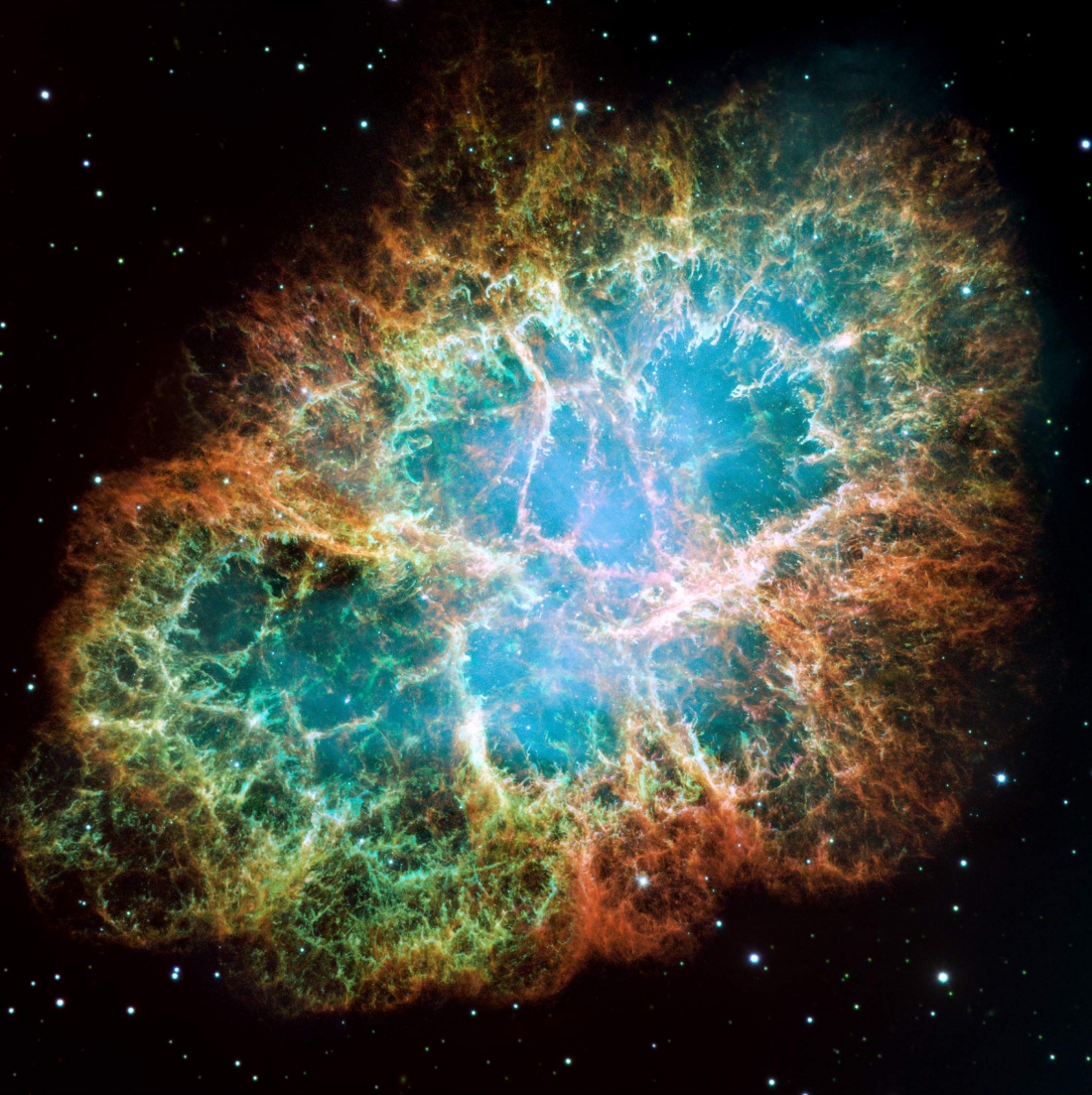A group of scientists and students led by Calvin College professor Larry Molnar are predicting a massive celestial event that, if accurate, will be visible to the naked eye around 2020, give or take a year.
Molnar, who presented the prediction during a recent American Astronomical Society meeting in Grapevine, Texas, said he and his colleagues have been following the binary star, KIC 9832227, for several years now.
As the name suggests, a binary star is actually two stars orbiting each other. In this case, one of them is about 40 percent larger than our sun while the other is a third the size of the sun. It wasn't until 2013 that scientists realized they were looking at two stars instead of one.

Further analysis of the stars, which are about 1,800 light-years from Earth, suggests that the two are on an inevitable collision course to create what's known as a red nova. As National Geographic notes, the event will create an eruption that's somewhere between the brightness of a cataclysmic supernova and a common classical nova.
If the collision happens as Molnar and company predict, it would be the first time that anyone has ever predicted such an explosion in advance.
The resulting light show will be more than 10,000 times brighter than the binary system is right now in the night sky (well, not technically right now as the sky largely serves as a time capsule of events that happened many, many years ago due to the vastness of the universe but I digress).The resulting red nova should be visible to the naked eye - perhaps as bright as Polaris, the north star - in the constellation Cygnus for nearly a full year.
Again, all of this is assuming that the scientists' data proves accurate.
Image courtesy NASA